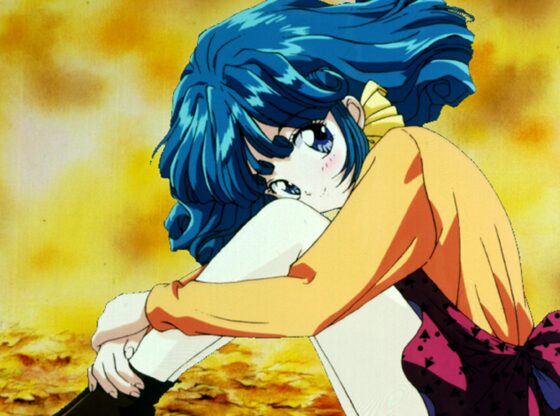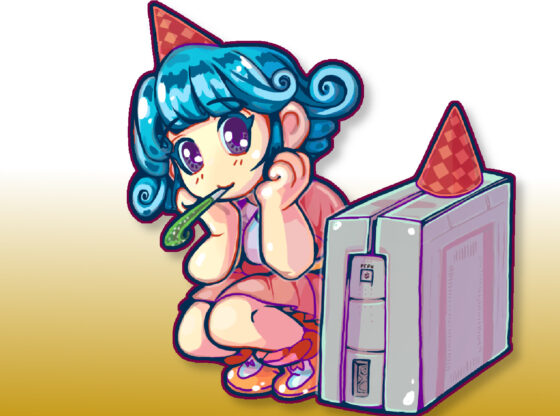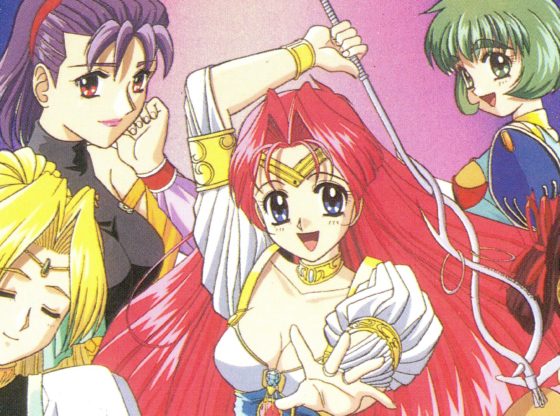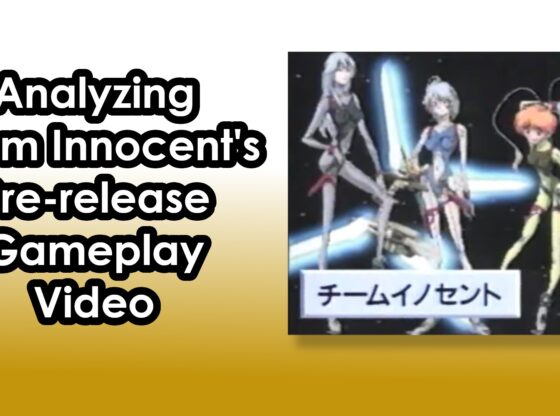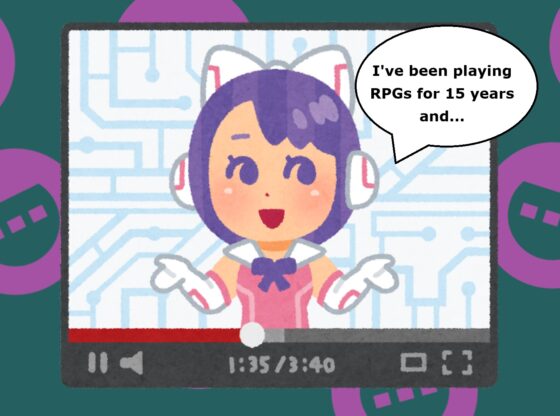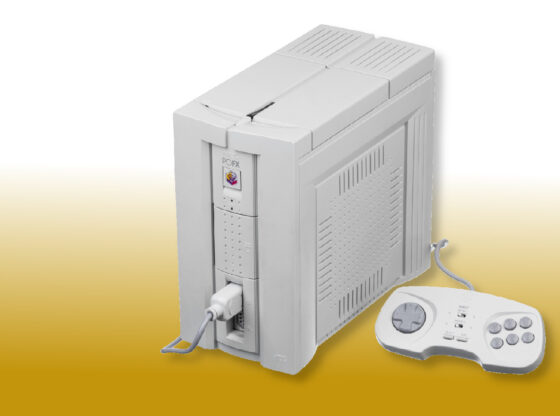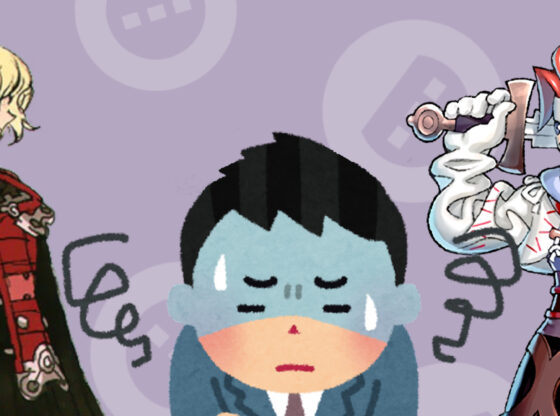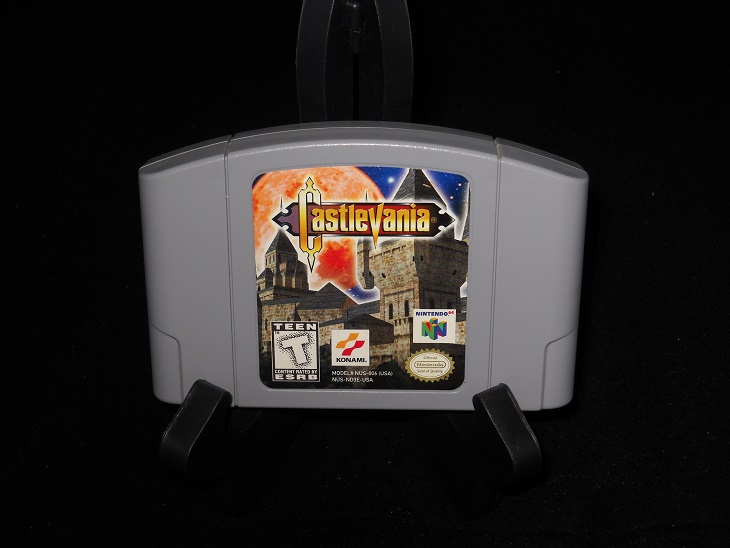
I’m not surprised most people don’t like Castlevania 64.
On the surface, the game looks and feels poorly executed. It’s a product of the late 90s as developers were creating their first 3D games. The controls are unintuitive, the camera often obscures your vision and the frame rate is inconsistent. It also doesn’t make the best first impression. You start in an ugly maze that’s difficult to navigate, which is followed by a brutal platforming section.
But once you get past the first two levels and become more familiar with the controls, it starts to show a lot more promise. The core gameplay and level design stays true to the series roots with a focus on combat and platforming while also introducing a light amount of puzzle solving and exploration. You’ll scale towers, explore a mansion and be chased by chainsaw wielding monster as you navigate a garden maze.
Despite the below average graphics, the game keeps the series’ Gothic atmosphere using dark colors and low key music. They focus on slow paced percussion overlaid with long violin strokes. It all fits well with a relatively simple storyline featuring melodramatic characters and scenarios.
Castlevania: Symphony of the Night took the franchise in a new direction and, in the context of its time, created something special and different from the rest of the series. Unfortunately, the franchise largely ran itself into the ground once it became almost annual between 2001 and 2008. So it’s interesting to look back on Castlevania for the Nintendo 64, which only had a single prequel.
Castlevania 64 intermingles platforming and action in ways that future 3D Castlevania games would never try again. The addition of puzzles and exploration makes it more than just a 2D to 3D conversion, but it’s a hard game to appreciate with such a massive barrier.

